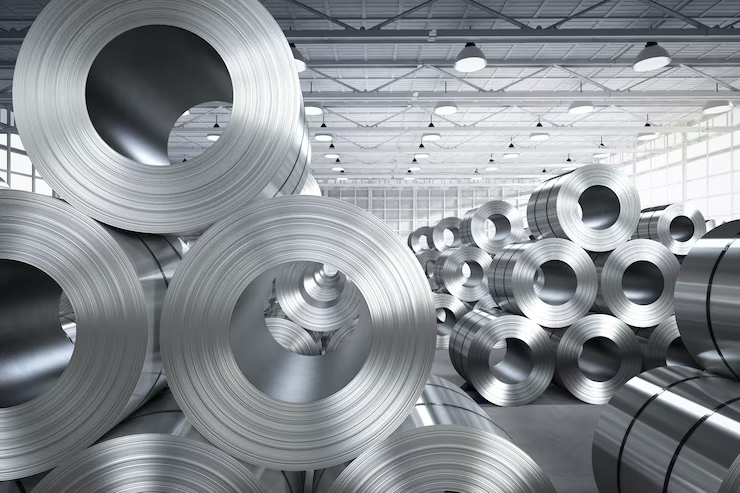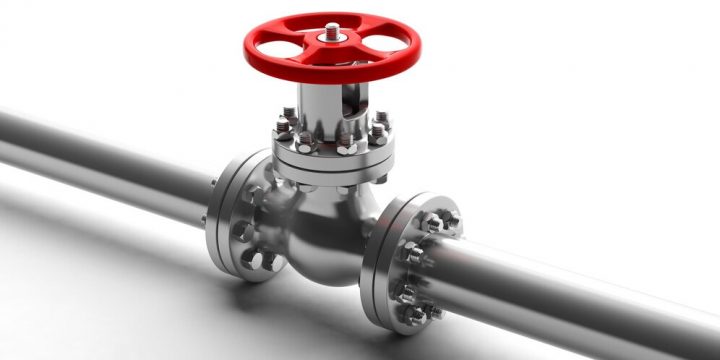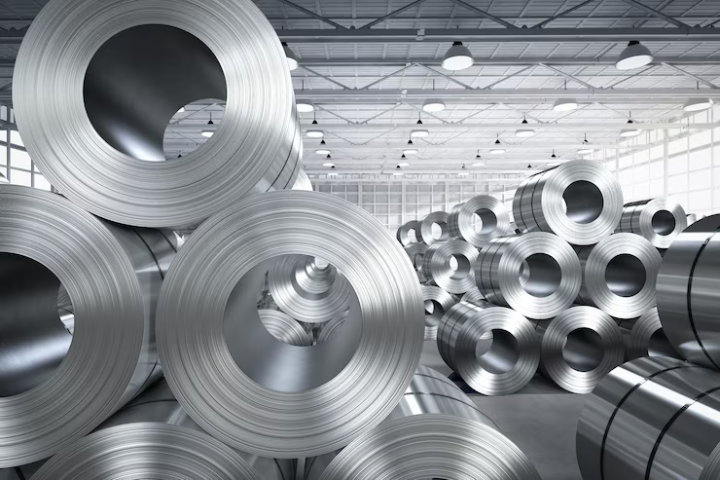Introduction:
Alloy steel is a remarkable material that has revolutionized the industrial landscape, playing a pivotal role in the construction, manufacturing, and automotive sectors. Its versatility lies in its ability to blend the strength of steel with the enhanced properties derived from alloying elements. In this exploration, we delve into the diverse types of alloy steel, understanding their compositions, applications, and the impact they have on various industries.
1. Basics of Alloy Steel:
Before we delve into the different types of alloy steel, let’s establish a foundation by understanding the basics. Alloy steel is a composite of iron and other elements, primarily carbon, with the addition of various alloying elements such as manganese, chromium, nickel, molybdenum, and vanadium. This blending imparts unique properties to the steel, making it stronger, more corrosion-resistant, and versatile.
2. Low Alloy Steel:
Low alloy steel contains a lower percentage of alloying elements compared to high alloy steel. The most common alloying elements in low-alloy steel include manganese, silicon, and phosphorus. The reduced alloy content makes it cost-effective and suitable for applications where high strength and durability are not the primary requirements. Low alloy steel finds applications in structural components, such as bridges and buildings.
3. High Alloy Steel:
In contrast to low alloy steel, high alloy steel contains a higher percentage of alloying elements, often exceeding 10%. Chromium, nickel, molybdenum, and vanadium are common additions that enhance corrosion resistance, heat resistance, and overall strength. Stainless steel, a type of high alloy steel, is renowned for its corrosion resistance and is extensively used in the production of kitchen appliances, cutlery, and medical equipment.
4. Tool Steel:
Tool steel is a specialized type of alloy steel designed for the production of cutting and shaping tools. It is characterized by high hardness, wear resistance, and heat resistance. The alloying elements in tool steel, such as tungsten and vanadium, contribute to these properties. Tool steel is crucial in the manufacturing of drills, saw blades, and molds used in the production of various goods.
5. Stainless Steel:
Stainless steel is a widely recognized and used form of alloy steel, known for its exceptional corrosion resistance. The key alloying element in stainless steel is chromium, which forms a protective oxide layer on the surface, preventing rust and corrosion. Different grades of stainless steel exist, with varying compositions to suit specific applications, such as 304 (commonly used in kitchen appliances) and 316 (preferred in marine environments).
6. Maraging Steel:
Maraging steel is a unique type of alloy steel known for its remarkable strength and toughness. The name “maraging” is derived from the combination of “martensite” and “aging,” highlighting the heat treatment process involved in its production. Marging steel contains nickel, cobalt, molybdenum, and titanium, making it ideal for aerospace applications, such as missile casings and aircraft components.
7. High-Speed Steel (HSS):
High-speed steel is a subset of tool steel designed for applications where tools operate at high cutting speeds. Alloying elements such as tungsten, molybdenum, chromium, and vanadium contribute to high-speed steel’s exceptional hardness and heat resistance. This type of alloy steel is commonly used in the production of cutting tools like drills, taps, and milling cutters.
8. Weathering Steel:
Weathering steel, also known as corten steel, is a type of high-strength, low-alloy steel designed to develop a protective rust-like coating when exposed to the elements. This self-healing characteristic eliminates the need for painting and makes it highly suitable for outdoor structures like bridges, buildings, and sculptures.
9. Nickel Alloys:
Nickel alloys are a family of high-performance alloys that contain nickel as a primary alloying element. These alloys exhibit excellent corrosion resistance, high-temperature strength, and unique magnetic properties. Nickel alloys find applications in aerospace, chemical processing, and electronics industries.
10. Chromium-Molybdenum Alloy Steel:
Chromium-molybdenum alloy steel, commonly referred to as chromoly steel, is widely used in various industries due to its excellent strength, toughness, and heat resistance. It is often employed in the production of pressure vessels, pipelines, and automotive components, enhancing the overall performance and reliability of these applications.
Conclusion:
In the ever-evolving landscape of industrial materials, alloy steel stands out as a versatile and indispensable player. From low alloy steel meeting foundational needs to high-tech marvels like maraging steel and high-speed steel pushing the boundaries of performance, the diverse types of alloy steel have transformed industries. As we look to the future, the exploration of new alloy compositions and applications holds exciting promise.
In this journey through the alloy steel realm, one cannot overlook the pivotal role played by platforms like Enggpro, a B2B Marketplace for Engineering Products & Services. Enggpro serves as a connective hub for professionals and businesses in the engineering domain, facilitating the exchange of knowledge, products, and services. As industries continue to seek cutting-edge solutions and materials, platforms like Enggpro play a crucial role in bridging the gap between demand and supply, fostering innovation and collaboration.
In the grand tapestry of materials that build our world, alloy steel remains a shining thread, weaving strength, resilience, and innovation. The collaborative efforts of industry players, coupled with platforms like Enggpro, propel us into a future where alloy steel continues to redefine possibilities, pushing the boundaries of what can be achieved in construction, manufacturing, and beyond.



